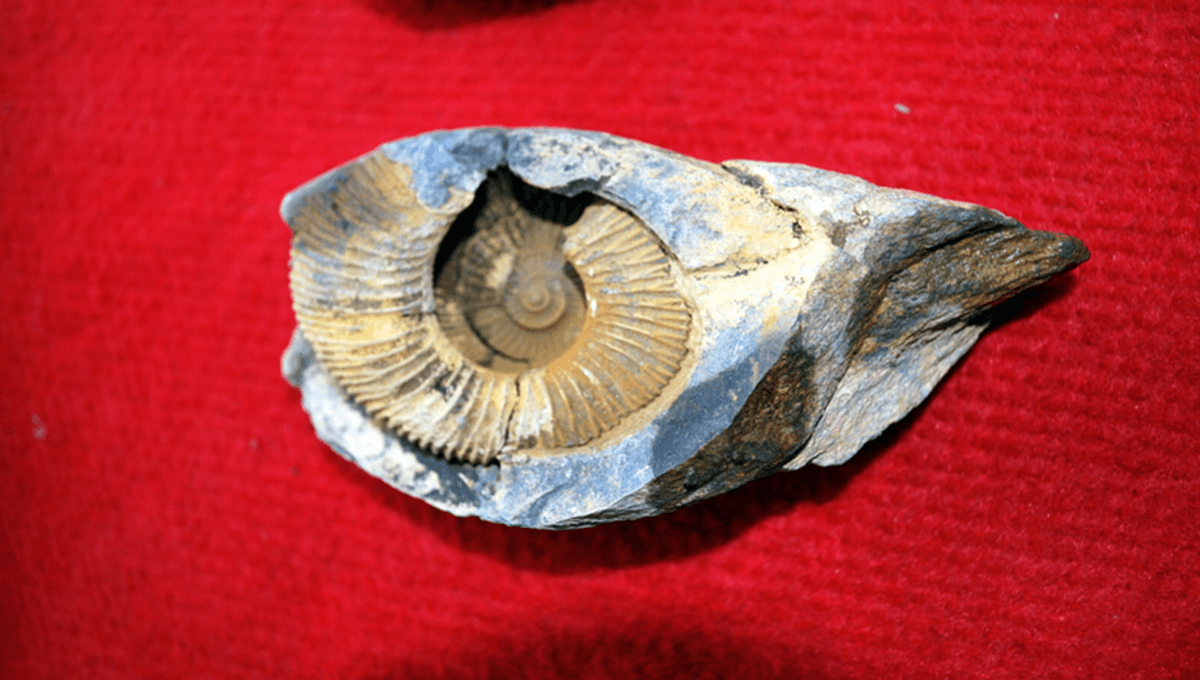
Here’s something we haven’t come across before: some people are apparently confused why there are marine fossils at the top of Mount Everest.
At the summit, there is the sedimentary rock limestone known as the “Qomolangma Limestone“. Within it are a number of fossilized marine creatures from the Ordovician Period 488.3 million-443.7 million years ago. Such fossils are found across the Himalayas, and finds include trilobites, brachiopods, ostracods and crinoids.
It is not evidence, as one Facebook user claimed in screenshots posted to the Fraudulent Archaeology Wall of Shame Facebook group, of a great flood that enveloped the world. Similar claims have been made before and were just as incorrect the first time. In fact, it is evidence for plate tectonics.
Almost all sedimentary rocks are formed by water erosion, grinding up rocks over thousands or millions of years, before they are compacted and turned under pressure into sedimentary rock. The sedimentary rock and the presence of ancient marine creatures tell us that the rock at the summit of Mount Everest was once underwater. It also tells us that something happened to bring that rock over 8,000 meters (26,200 feet) above sea level.
The answer of course is plate tectonics. Everest and the Himalayas were formed in a collision between the Eurasian and Indian continental plates, which began around 40-50 million years ago.
“The Eurasian plate was partly crumpled and buckled up above the Indian plate but due to their low density/high buoyancy, neither continental plate could be subducted,” The Geological Society explains. “This caused the continental crust to thicken due to folding and faulting by compressional forces pushing up the Himalayas and the Tibetan Plateau.”
And that’s why there are marine fossils on the (not quite) highest mountain in the world.
Source Link: People Are Confused Why There Are Marine Fossils At The Top Of Mount Everest